“스마트글라스가 우리의 일상에 깊숙이 자리 잡고, AI와 결합해 생활·업무 방식을 바꿀 날이 그리 멀지 않다.”
“Smart glasses are poised to integrate deeply into everyday life, enhanced by AI to transform how we live and work—and that day is approaching faster than we think.”
2030: The Impact of XR Headsets, AR and Smart Glasses on Spatial Computing
CES2025, Tue, Jan 7 9:00 AM - 9:40 AM LVCC, West Level 2, W218
2030: The Impact of XR Headsets, AR and Smart Glasses on Spatial Computing
2030: The Impact of XR Headsets, AR and Smart Glasses on Spatial Computing
참석자
[보고서]CES2025와 미디어, 엔터테인먼트 테크 V2
국내 유일에 CE2025와 엔터테크 보고서, AI가 할리우드에 침투하고 있는 현장에서부터 넷플릭스가 CES에서 개최한 광고주 설명회까지 정리
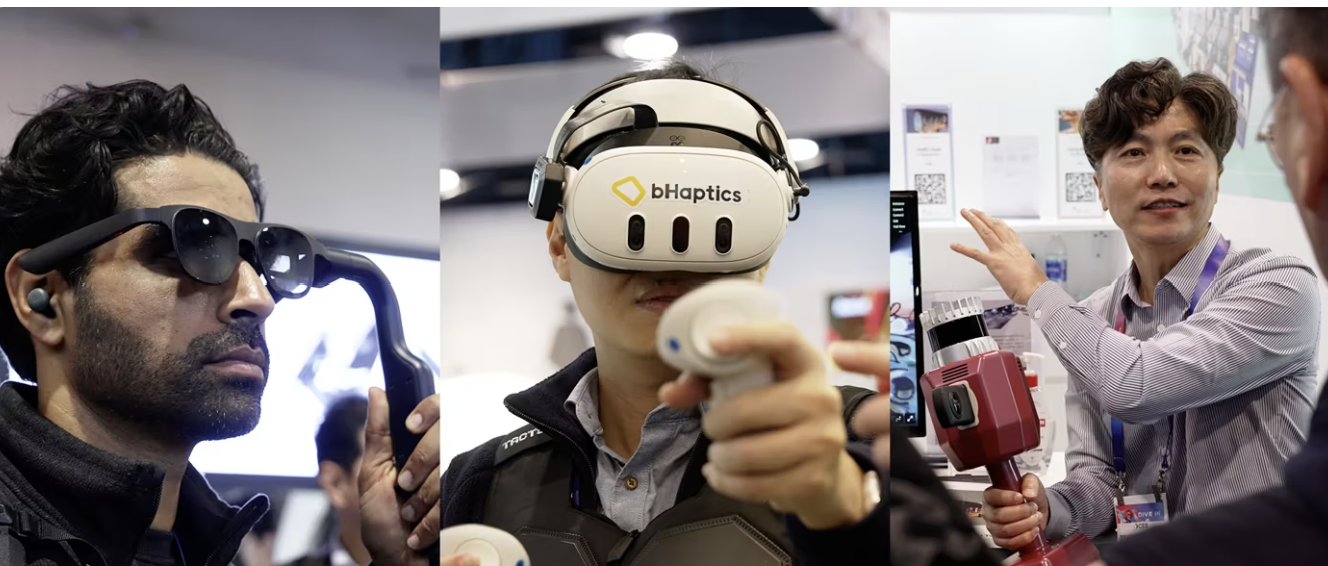
1. 패널 소개
- 사회(Moderator):
Tim Bajarin (팀 바자린) – Creative Strategies 회장, 50년 넘게 CES 참석 및 IT 업계 전문가 - 패널 참가자
- Kelly Ingham(Speaker 2) – Meta Reality Labs 부사장 (VR/AR 및 웨어러블 담당)
- Jason McGuigan (Speaker 5) – Lenovo의 가상현실(VR) 부문 리드
- Scott Myers (Speaker 3) – Snap의 하드웨어 담당 부사장(VP)
- Tim은 패널들의 소개와 함께, 과거/현재 CES에서의 AR, VR, MR, XR 기술 동향을 언급함.
2. 세션 주요 내용
(1) VR 헤드셋 시장 동향: 메타 퀘스트(Meta Quest) 시리즈
메타(Meta) 퀘스트3(Quest 3)와 퀘스트 프로(Quest Pro)를 중심으로 한 소비자 시장:
- 메타(Meta) 측(Kelly) 언급: 경량화, 사용 시간(배터리) 증대, 콘텐츠 다양화 등 핵심 목표
- 최근 패스스루(Passthrough) 기능이 주목받고 있으며, 사용자들이 가상창/가상화면을 보면서 집안일을 하는 등 새로운 활용사례 확산. VR 헤드셋에서 패스 쓰루 기능은 헤드셋에 장착된 카메라를 통해 실제 주변 환경을 볼 수 있게 해주는 기능. 사용자는 VR 헤드셋을 벗지 않고도 현실 세계와 상호작용할 수 있음
기업(Enterprise) 활용:
- 교육 훈련(매장 시뮬레이션), 의료 시뮬레이션(수술 트레이닝), 설계/디자인 분야 등에서 VR 기여
- Lenovo (Jason)도 “ROI(투자수익)”가 분명해야 기업들이 도입을 적극화한다고 강조


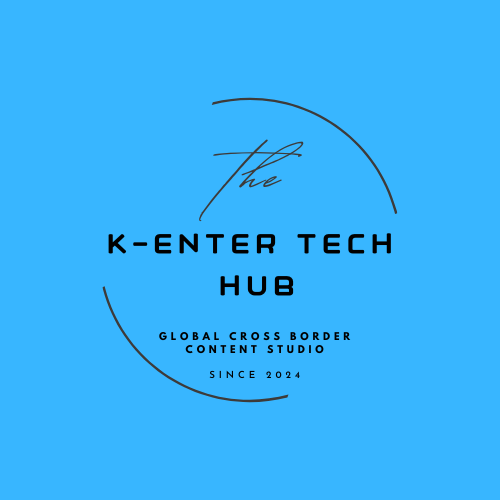
![[CES2026]소셜미디어의 거실 쟁탈전과 K콘텐츠의 다음 수](https://cdn.media.bluedot.so/bluedot.kentertechhub/2025/12/fby4pm_202512260354.png)
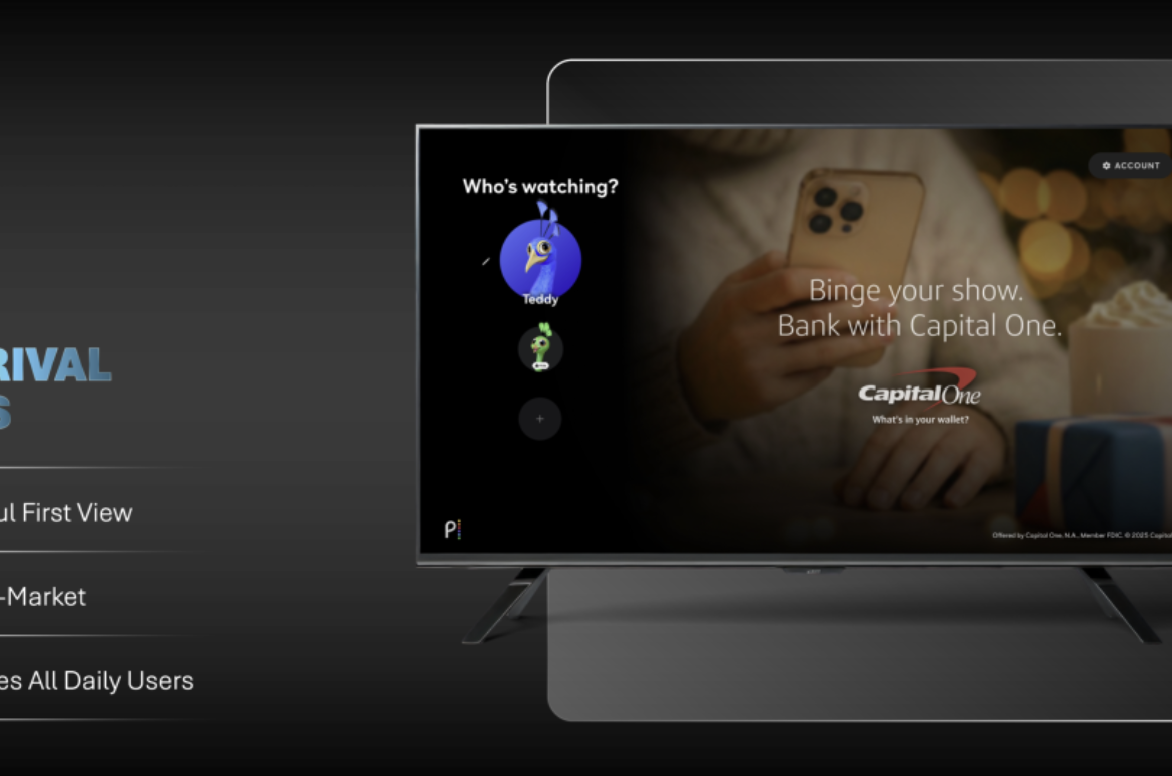
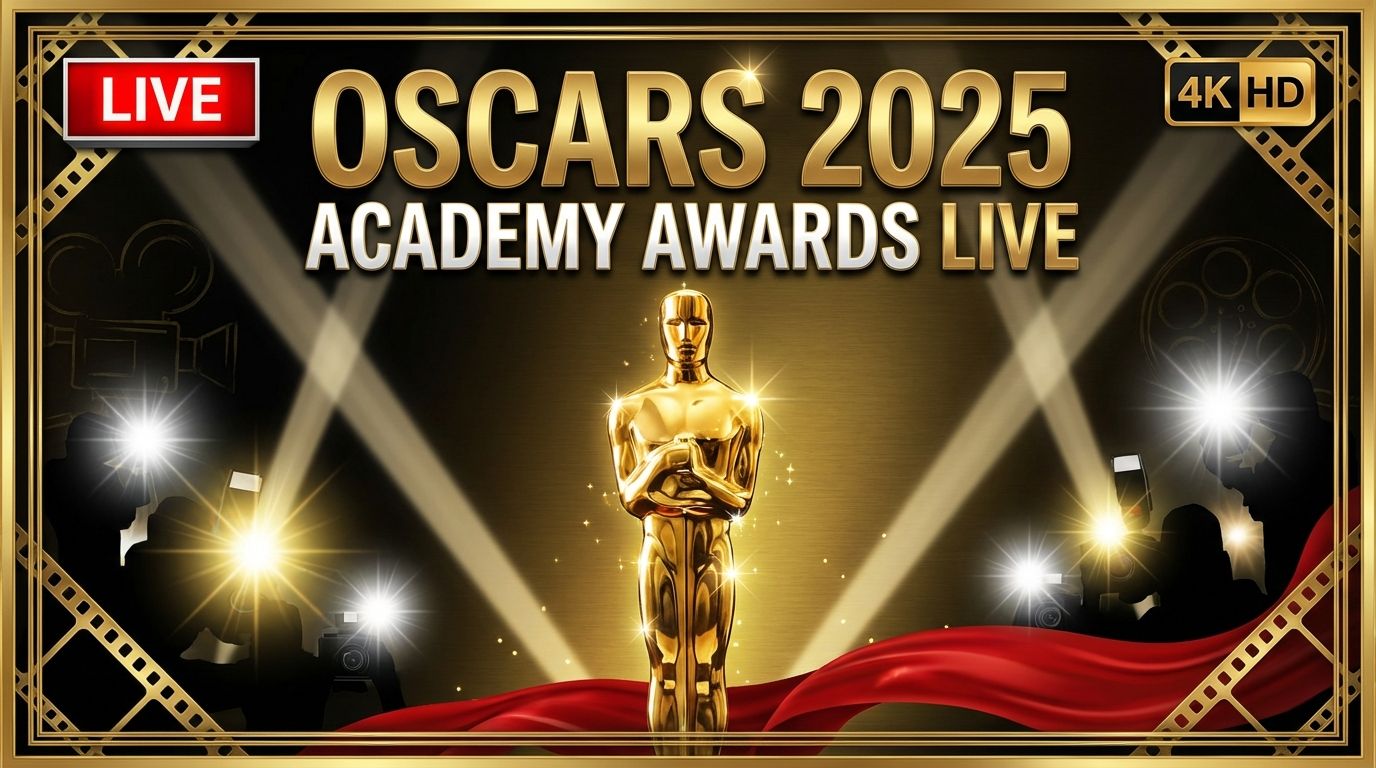

![[CES2026]엔터테크 전문 투어&트렌드 현장 리포트(무료)](https://cdn.media.bluedot.so/bluedot.kentertechhub/2025/12/5x46lj_202512261120.png)
![[보고서]디즈니의 IP 플라이휠, 1957년 메모에서 시작된 100년 전략](https://cdn.media.bluedot.so/bluedot.kentertechhub/2025/12/vtekpo_202512140501.png)
![[리포트]글로벌 스트리밍 대전환과 FAST 시장의 부상](https://cdn.media.bluedot.so/bluedot.kentertechhub/2025/12/7jw8up_202512120304.png)
![[보고서]K-콘텐츠, 몰입형 공간 새로운 경험](https://cdn.media.bluedot.so/bluedot.kentertechhub/2025/12/je15hi_202512061434.png)
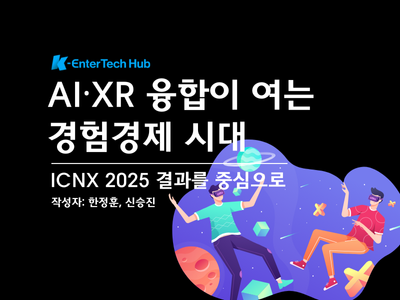
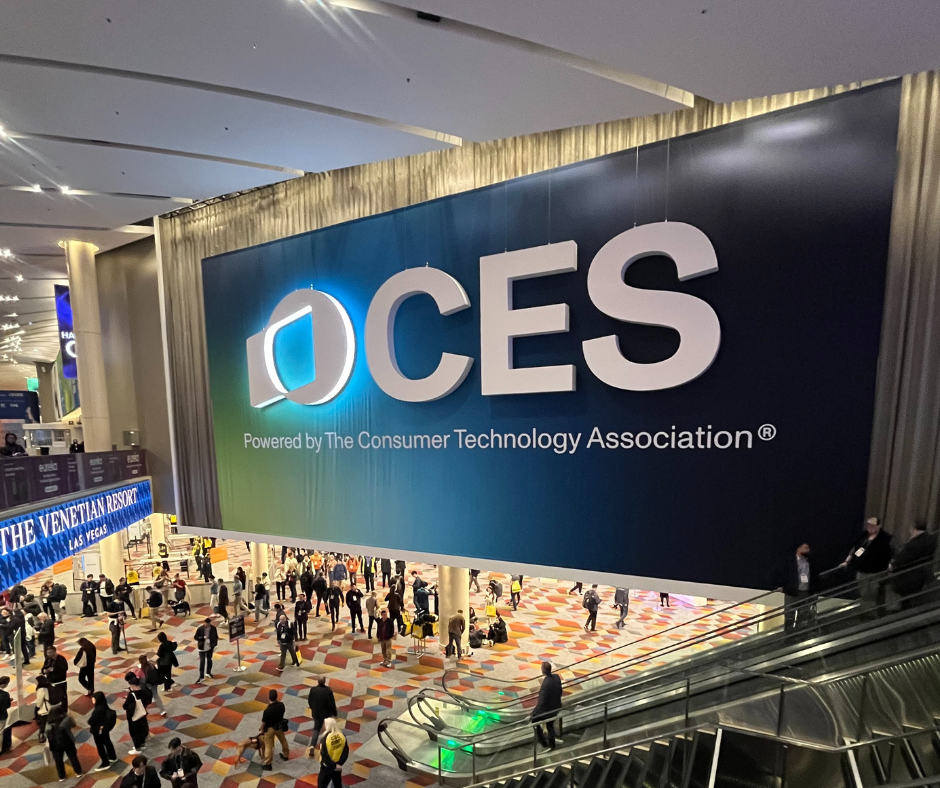

![[K콘텐츠와 K FAST]](https://cdn.media.bluedot.so/bluedot.kentertechhub/2025/11/zxwbgb_202511241038.jpg)
![[모집]1월 9일~14일 글로벌 AI 스템 캠프(자료집)](https://cdn.media.bluedot.so/bluedot.kentertechhub/2025/11/3kf0x5_202511031830.png)
![[MIPCOM2025]글로벌 엔터테인먼트 트렌드](https://cdn.media.bluedot.so/bluedot.kentertechhub/2025/10/duxlsp_202510170000.png)